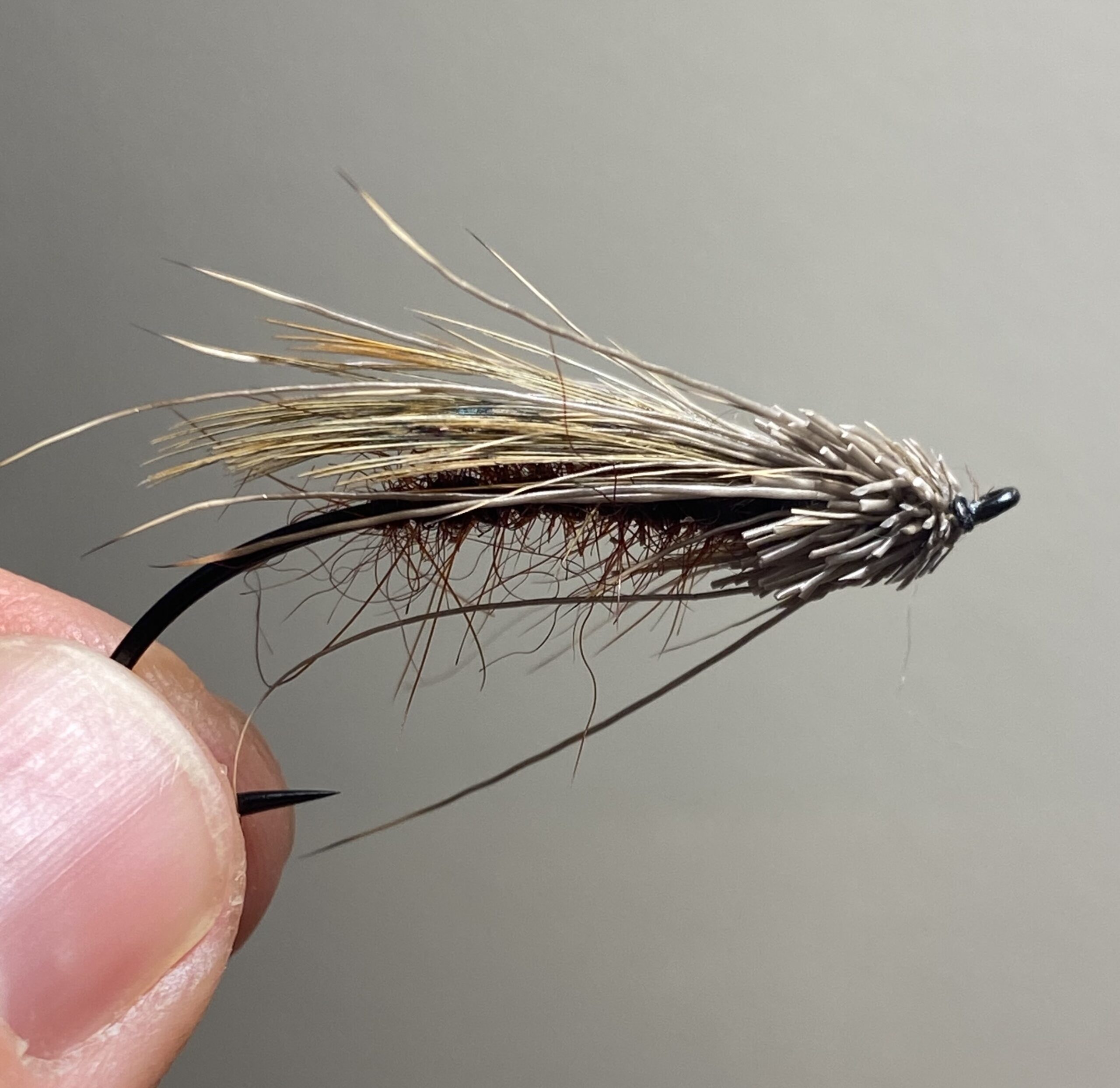I went through a phase of fishing where I spent a large portion of my time only fishing surface patterns. Regardless of temperature or conditions, I had some pattern designed to skate or wake in the film on the end of my tippet. I didn’t care much about catching a fish; I was more about […]
B.T.S & S.B.S. : The Creeper
Steve Szeliga shares a bit of the Behind-The-Scenes and then Step-by-Step how to tie his Creeper pattern variant, inspired by Mike Papais
The Picasse: B.T.S & B.T.S
How to tie Steve’s variant of the Picasse, and why he’s always carrying a few in his wallet for winter dry line fishing.
B.T.S & S.B.S: The Tricolor Dee
Learn when the Tricolor dee is the call, and how to tie it in-hand and on the vise.
B.T.S & S.B.S: Michael Rogan’s Deadly Bobber
Steve Szeliga shares a fine story and how to tie Michael Rogan’s Deadly Bobber.
The Platte River Spider
“Life moves quickly and you never know which fishing trip will be the last with your buddy. Call them and make plans to get out on the river as soon as possible, we could all use more river time shared with a good friend.”
B.T.S & S.B.S : Charlie’s Muddler
The story behind and how to tie Steve’s Charlie’s Muddler.
Playing in the Mud
Rick Kustich gives us hope when the water turns muddy. Check out this article and perhaps you will have new strategies when other fly fishers are staying at home.
No Fish Harmed: Will Bush
Fly tying and tackle history, some fine spey casting on beautiful British Columbia steelhead water and more with one of today’s iconic classic fly tyers Will Bush in this episode of No Fish Harmed from Swing the Fly and Tight Line Films.
The Orange Asher: a swung trout dry
“During my tailgate meditation, I felt thankful to have spent time on the water with my dog and for the little orange fly that resulted in such great action during the slowest month of the year.”
Dan Gates doesn’t let the cold of winter stop him from finding dry fly action in Utah. Find out what works for him.
Shakey Bealey
The story of this fly involves a hard-to-find run on an easy-to-find river, a snowstorm, and an old park ranger with shaky hands.
Icons: Marty Howard
In this installment of Icons, we visit with Marty Howardas he talks about his literary plans with fellow rockstars Dec Hogan and Brian Silvey, and whether or not the fly you choose really matters.












